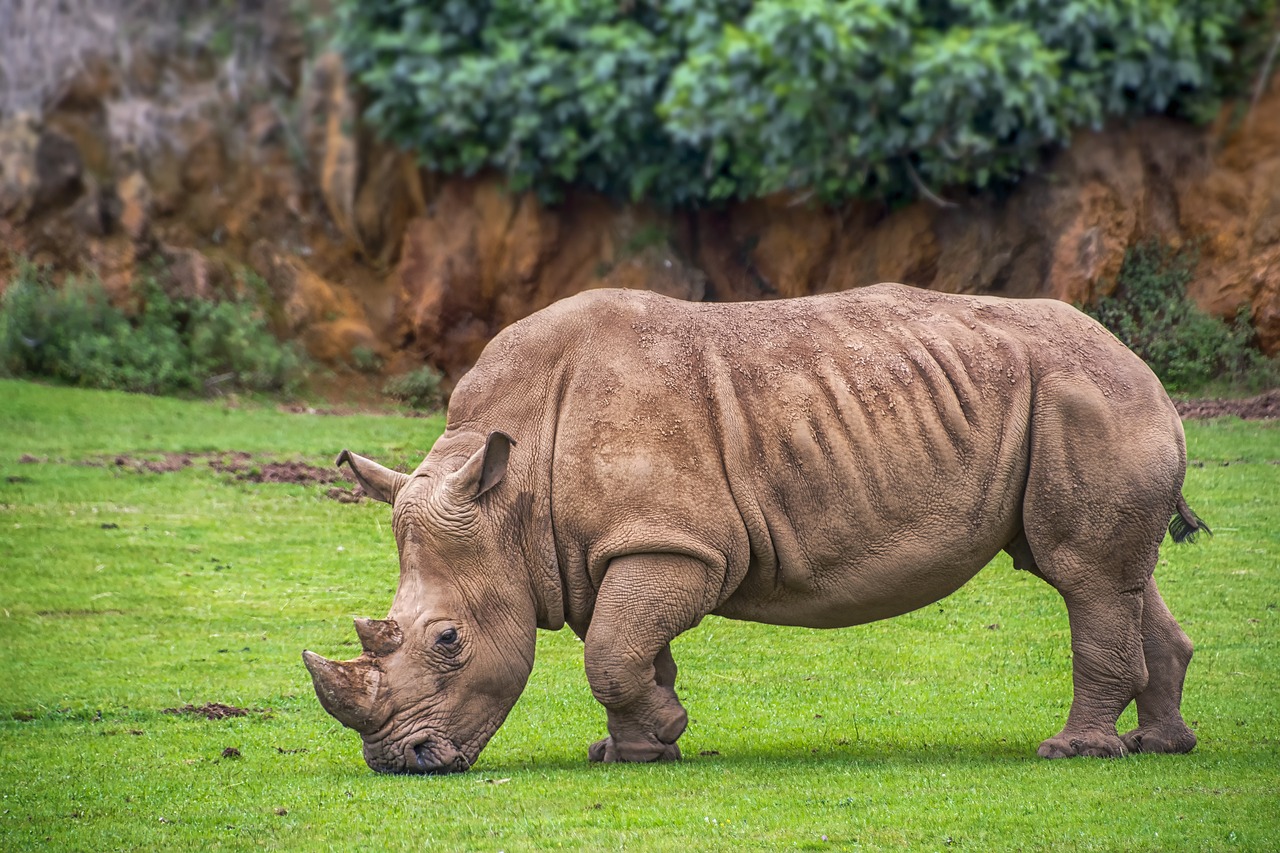Partners: Sam Wasser, Mary Kuhner, and Ryan Horwitz
SSEC Engineer: Niki Burggraf and Ishika Khandelwal
Research Goals and Domain
The University of Washington’s Center for Environmental Forensic Science has revolutionized the field of wildlife crime investigation with advancements in genetic forensics. Researchers developed tools to compare seized elephant tusks to DNA from seized ivory reference databases. This determines geographic origin via potential matches with tusks from the same individual or close relatives in other seizures to track down poachers.
Software Problem
The center required a secure online portal and software for law-enforcement to submit data from seized tasks and test for geographic, and familial matching DNA from elephant tusks seized from poachers.
Software Solution
The team at SSEC built a web frontend in Streamlit leveraging Keycloak as a proof-of-concept authN/authZ to support secure uploading and downloading of data. It is designed to migrate to hosting on the cloud.
Impact
This easy to use and secure frontend allows for smooth visualization of the steps involved in genetic forensics. As a result, the team can secure funding for future development and eventual deployment. This approach allows countries to maintain ownership of their samples while still contributing data to a larger transnational crime database. It also eliminates the time and expense of exporting ivory, a controlled material..

